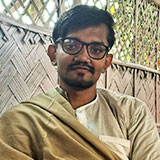Bibi Roy: From Uttam Kumar’s films to National Award for Rituparno’s set design - GetBengal story
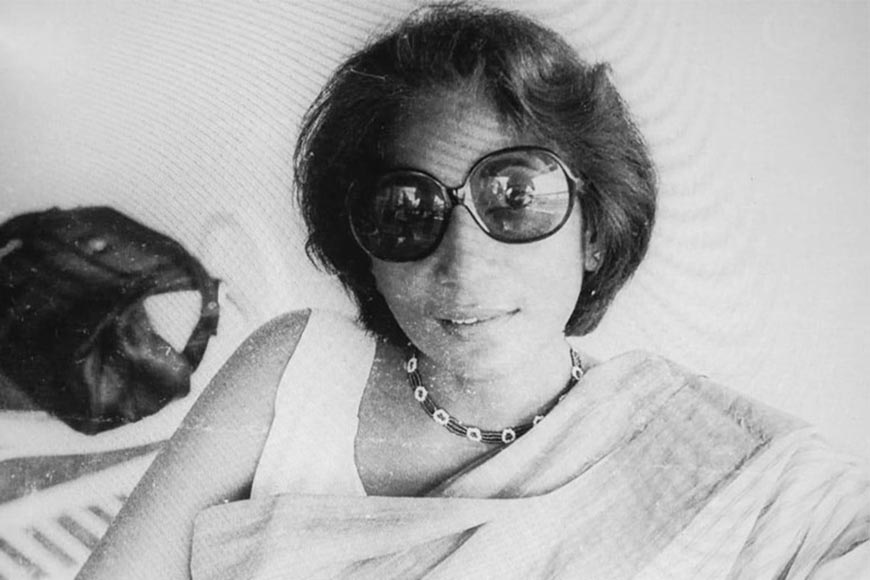
Rajshekhar Basu, better known as Parashuram, once gave her the nickname “Kalo Pakhi” (The Black Bird). From then on, her Santiniketan home was also known by that name. And what a home it was—filled with music, laughter, and the presence of Bengal’s finest minds. It echoed with the voices of legends like Santidev Ghosh, Kanika Banerjee, Suchitra Mitra, and also hosted literary giants such as Gour Kishore Ghosh, Samaresh Basu, and Sagarmoy Ghosh.
This “Black Bird” was none other than Bibi Roy, a name almost forgotten today, but one that once influenced the aesthetics of Bengali homes and fashion.
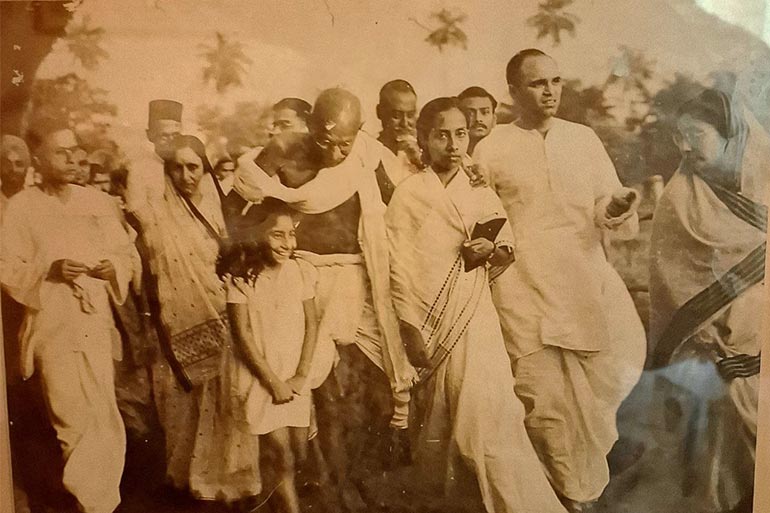
In the 1970s, she regularly wrote a charming household décor column in the magazine Desh, under the editorship of Sagarmoy Ghosh. Later, she became the art director of Bengal’s first fashion magazine Sananda, working closely with editor Aparna Sen.
Her full name was Ashoka Roy. She was born on 17 September 1937, at 5 Alipore Avenue, Kolkata. Her father, Amiyanath Sen, was a solicitor with a foreign firm. At the time, very few Bengali families lived in the elite Alipore area, and most of them lived in British-style sophistication.
Her mother, Taralika Sen, was the daughter of the renowned Congress leader and chemist Satish Chandra Dasgupta—one of the pioneers behind the famous Sulekha Ink. Taralika was also a long-time associate of Mahatma Gandhi, who lovingly called her “Didimoni.” Growing up, Bibi Roy was closely associated with Gandhi and other prominent personalities of Congress.
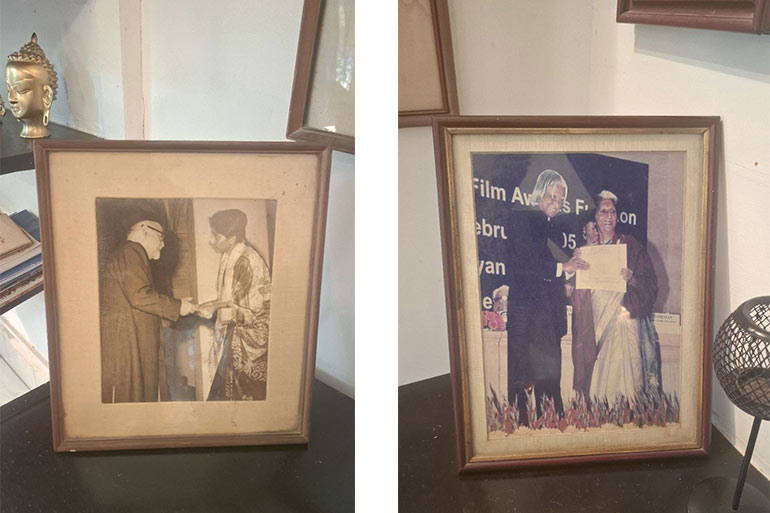
In an old interview with Rituparno Ghosh, Bibi Roy recalled how, as children, she and her sisters would walk beside Gandhi, not knowing the political significance but enjoying his affectionate company. The family would visit Gandhi in his Sodepur Ashram whenever he was in Bengal. A photograph of Bibi walking with Gandhi still hangs on the wall of a room in her Santiniketan home.
Bibi was a sports enthusiast during her school days at Gokhale Memorial. But a severe injury during a high jump left her bedridden for years with tuberculosis of the bone. For three years, she lay in bed with 70% of her body in plaster. Her mother, however, turned her recovery into a new beginning, providing her with art supplies and music records, ensuring her mind remained active.
Eventually, she was taken to Delhi for a change in climate. There she studied at Miranda House and later at the Lalit Kala Akademi. Despite giving exams from her sickbed, Bibi Roy formally trained in art and design. This marked the beginning of her artistic journey, guided first and foremost by her mother.
Though she recovered from her illness, she had to relearn how to walk. She once said that this too was like learning to walk in her artistic path. Her dedication earned her the President’s Award in the late 1960s from President Zakir Husain for her contributions to art and craft.
Bibi Roy married engineer Sanat Kumar Roy in her early 20s and returned to Kolkata. Despite having domestic help, she took charge of decorating the house and entertaining guests, a regular affair thanks to her husband's job in a multinational company. This home management turned into hands-on training in interior design.
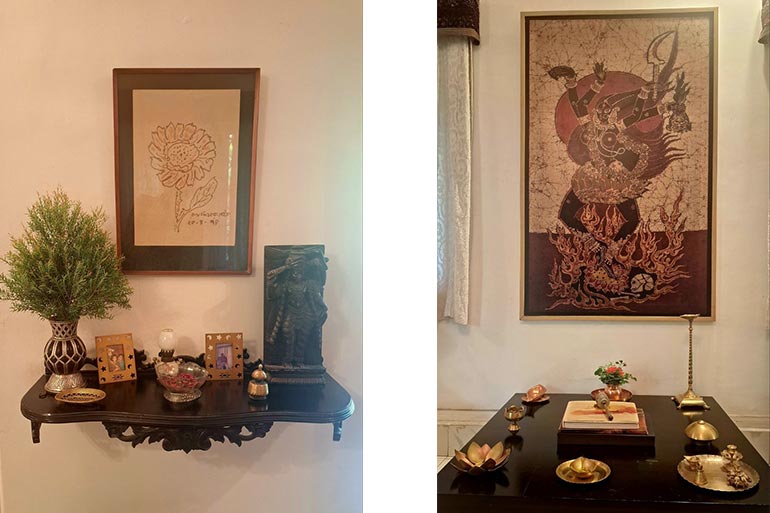
After her marriage, Bibi Roy got to know that Uttam Kumar was her husband Sanat Roy’s childhood friend. However, as Uttam Kumar rose to fame as an actor, their contact gradually faded. Then one day, while a film was being shot near Jadavpur University, where they happened to be for a different reason, both decided to drop in and say hello. That meeting marked the beginning of a renewed connection between Bibi Roy and Uttam Kumar.
Uttam was deeply impressed by Bibi’s artistry. So much so that he even purchased paintings from one of her exhibitions and displayed them proudly in his drawing room. It was this admiration for her aesthetic sensibilities that led Uttam Kumar to one day offer her a role in Bengali cinema, as an art director and costume designer.
Bibi Roy is believed to be the first Bengali woman to work professionally in the art direction for Bengali films. Her first project was costume design for Rodon Bhora Bosonto, starring Uttam Kumar and Basabi Nandi. She went on to work in numerous films like Antony Firingee, Sabyasachi, and many others.
It was during this period that she met Aparna Sen, and a close family-like bond developed between them. Bibi Roy collaborated with Aparna on several notable films including Paroma, Sati, Paromitar Ekdin, and 15 Park Avenue.
Later in her career, Bibi Roy worked with many other prominent directors, most notably Rituparno Ghosh. One of her most significant achievements was receiving the National Award (President’s Award) jointly with artist Sushanta Paul for costume and production design in Chokher Bali.
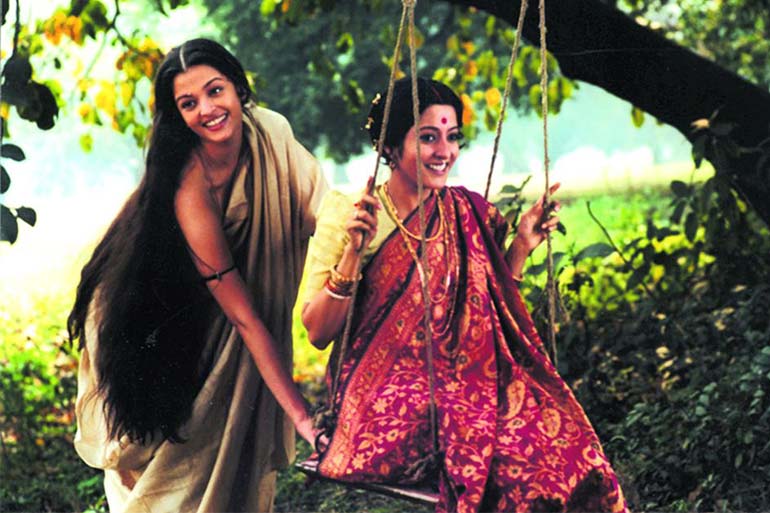
She continued to collaborate with Rituparno on several other films as well. Her contributions to the interior design of Unishe April and Shubho Mahurat, and her set decoration work in Raincoat, are particularly noteworthy.
In the early 1970s, shortly after she began working with Uttam Kumar, Bibi Roy moved to Bombay with her family due to her husband Sanat Roy's job transfer. One of her notable works during her time in Bombay was designing the costumes for Kotwal Saab, a film directed by Hrishikesh Mukherjee.
Bibi Roy was also unmatched when it came to creating traditional alpana designs. At that time, renowned filmmaker Bimal Roy (of Do Bigha Zamin fame) was a close family friend. For his daughter’s wedding in Bombay, it was Bibi Roy who created the entire alpana décor. Her intricate designs—made with chalk clay and rice flour—became hugely popular among the artist circles of Bombay.
After wrapping up their stay in Bombay, the family returned to Kolkata. But within a year of their return, tragedy struck—Sanat Roy passed away, plunging the family into a financial crisis. But then again, she was Bibi Roy—undaunted and resilient. She single-handedly took charge of her household. What had once been a passion—art—soon transformed into her profession. She began by selling her batik work and gradually took on interior design projects for major corporate offices. She built her own team and launched a company called Within-Without. At the time, offices of companies like Air India and Clasen were transformed by Bibi Roy’s distinctive design vision.
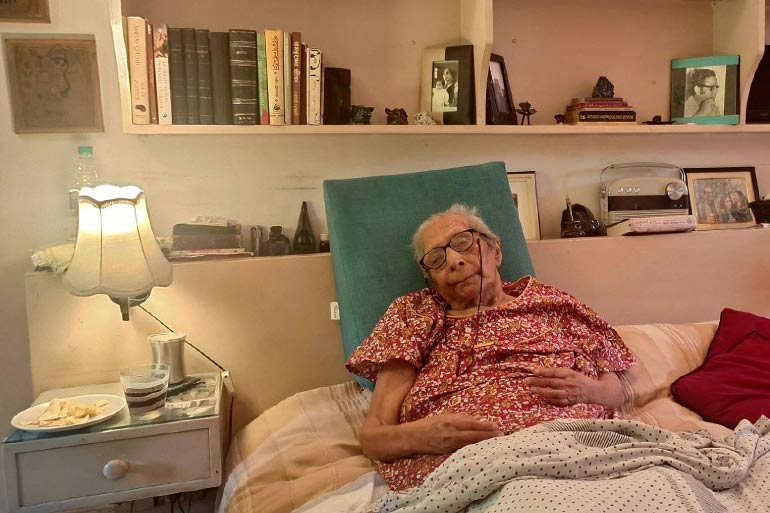
Soon, her work extended beyond office spaces and began gaining recognition in private homes as well. Meanwhile, her work in cinema continued—with most of her film collaborations being with Aparna Sen, where her artistic contributions were both frequent and impactful.
Notably, the core philosophy behind Bibi Roy’s company Within-Without was to make beautiful interior design accessible and affordable for all. This belief was central to her life as an artist. In one discussion, Bibi Roy said that many people assume decorating a home beautifully requires a lot of money, but in truth, that’s not the case. To decorate a home well, what one really needs, alongside aesthetic sensibility, is the smart use of colour and space.
Sumit Roy shared some vivid examples: with just a few bricks and some plywood, Bibi crafted an elegant bookshelf; she transformed an old, broken cupboard by wrapping it in Shitalpati (a traditional mat), giving it a completely new look. In one instance, a family couldn’t afford expensive furniture but wanted their drawing room to look appealing. Bibi went to Kalighat market, bought plywood worth just Rs. 150, and turned it into a stylish divan for the living space. Her work was a masterclass in how thoughtful design could bring beauty into everyday homes without stretching the budget.
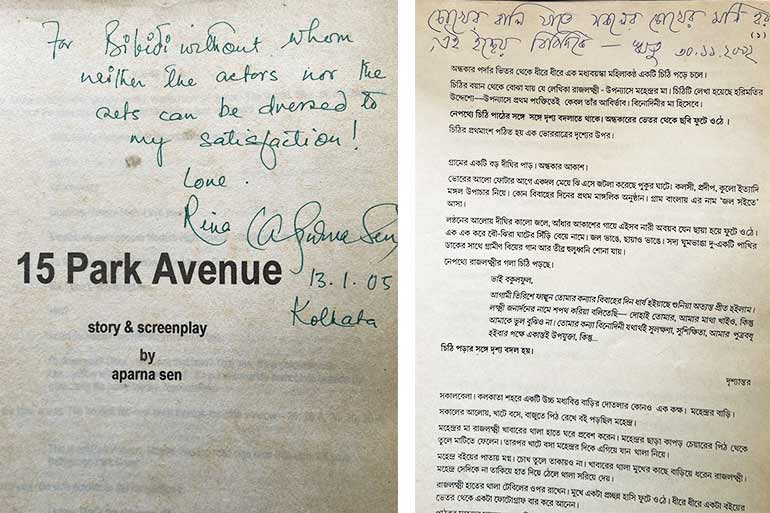
Let’s now talk about Bibi Roy’s creative brilliance in costume design. During the shooting of Chokher Bali, Aishwarya Rai had arrived on set and needed to be dressed as a widow. Given the period setting of the story, widows of that time did not wear inner garments. The same had to apply to Aishwarya. But how to manage that sensitively?
Bibi Roy came up with an elegant solution—she dipped the sari Aishwarya would wear into tea to darken its tone. Problem solved! The colour matched Aishwarya’s skin tone and maintained authenticity without compromising comfort.
Bibi was known for paying close attention to the smallest of details. For instance, during Chokher Bali, she once told Rituparno to grey a few strands of Binodini’s hair when she arrived in Benaras so that even a subtle time transition could be visually conveyed.
There were many such thoughtful touches throughout her work.
As a costume designer in cinema, Bibi Roy’s last credited work was Lovesongs: Yesterday, Today & Tomorrow, directed by Jayabrato Chatterjee. But in an artist’s life, there’s no such thing as a “last” work—because it’s an ongoing process.
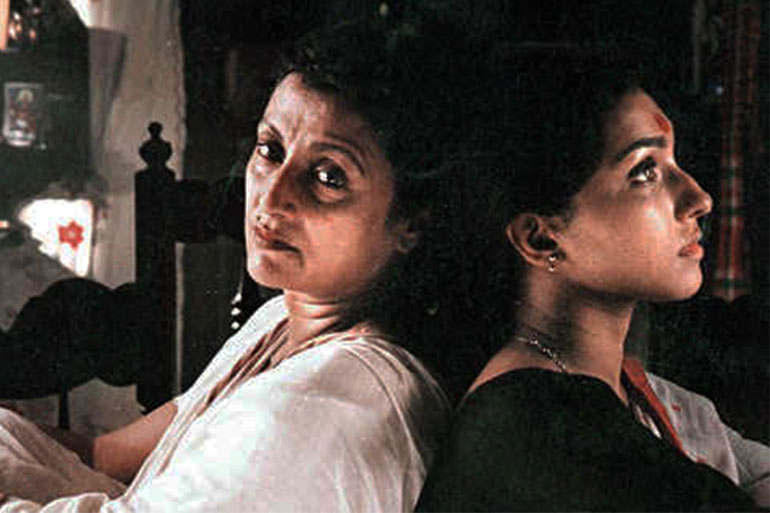
Since 2005, Bibi Roy has left Kolkata behind and settled permanently in her home in Santiniketan, where she continues to live to this day. Even just two years ago, she would warmly welcome both known and unknown visitors—she had a way of making everyone feel instantly at home. It’s simply impossible not to love someone like Bibi Roy. Tellingly, the domestic staff who have worked with her for years, and some still do, affectionately call her “Maa.”
As a person, Bibi Roy is truly one of a kind. Over the past two years, her physical health has declined, and her memory has weakened. She is now mostly bedridden. Yet, even today, if you push open the iron gate with the black bird motif at her home, you can still feel the warmth of her spirit lingering in the air.
In an interview with Rituparno Ghosh, Bibi Roy once said that she had no regrets. Life had given her so much. Whatever misfortunes or losses she faced—those were just the blows of time. There’s no reason to break down or be disheartened. One must keep moving forward. And that, she said, is the one eternal truth in the life of any artist.







